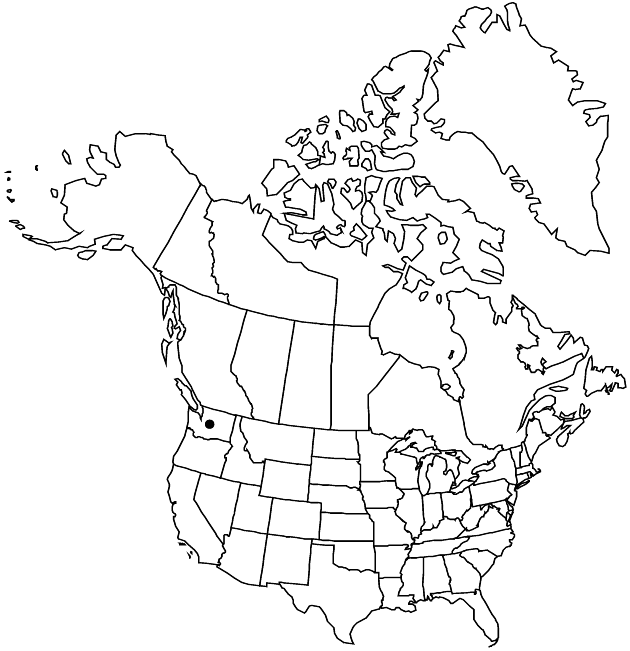Erigeron poliospermus var. cereus
Brittonia 6: 194. 1947.
Stems branched at or proximal to midstem, glabrous or sparsely hirsute, densely minutely glandular; branches and basal leaves originating on elongate internodes from proximal 1–6 cm of primary-stems. Heads 1–3. Involucres glabrous or sparsely hirsute, densely minutely glandular. Ray-florets 15–45.
Phenology: Flowering Apr–Jul.
Habitat: Shallow rocky soil, sagebrush plains
Elevation: 200–600 m
Distribution

Wash.
Discussion
Variety cereus grows in Chelan, Douglas, Grant, and Kittitas counties, apparently occurring as an enclave within the range of the typical variety. The vestiture and elongate proximal internodes of var. cereus are distinctive even within the group of species most closely related to Erigeron poliospermus; intergrades with typical E. poliospermus in vestiture and habit appear to be relatively common. Analogous variants occur within E. concinnus and are recognized at varietal rank.
Selected References
None.
Lower Taxa
"thick" is not a number.